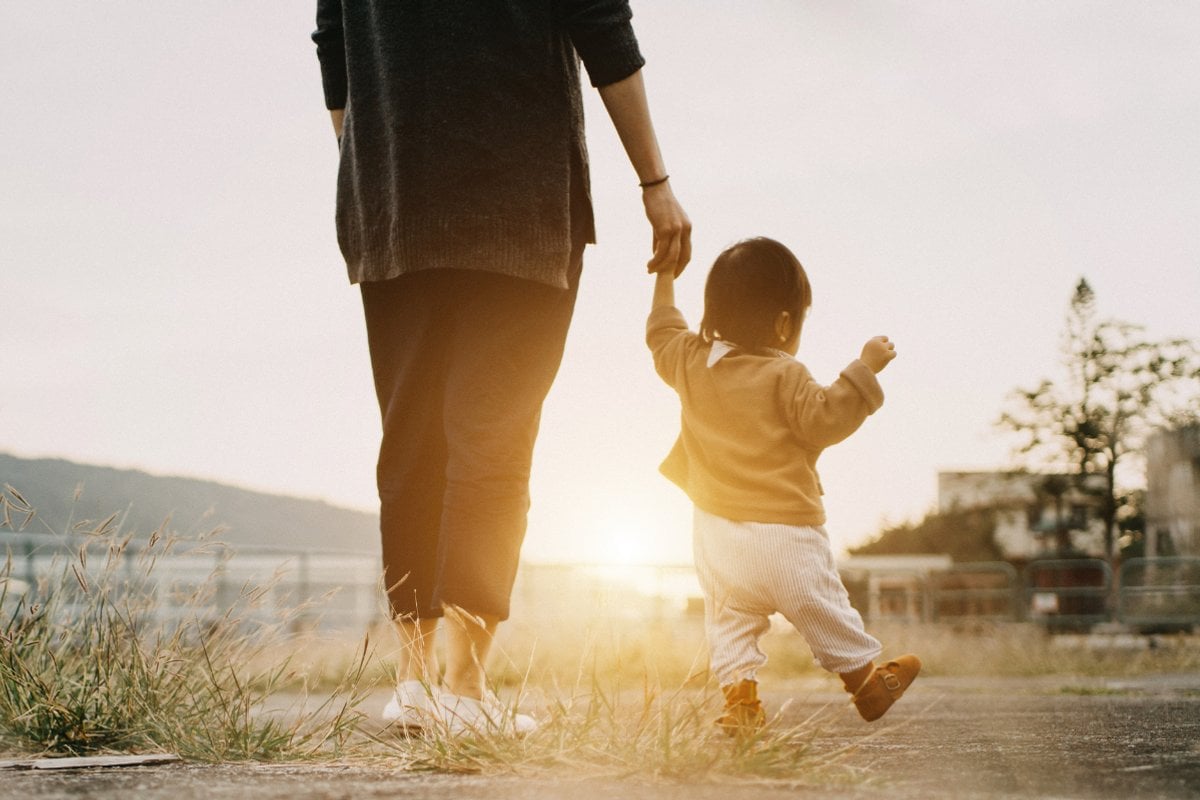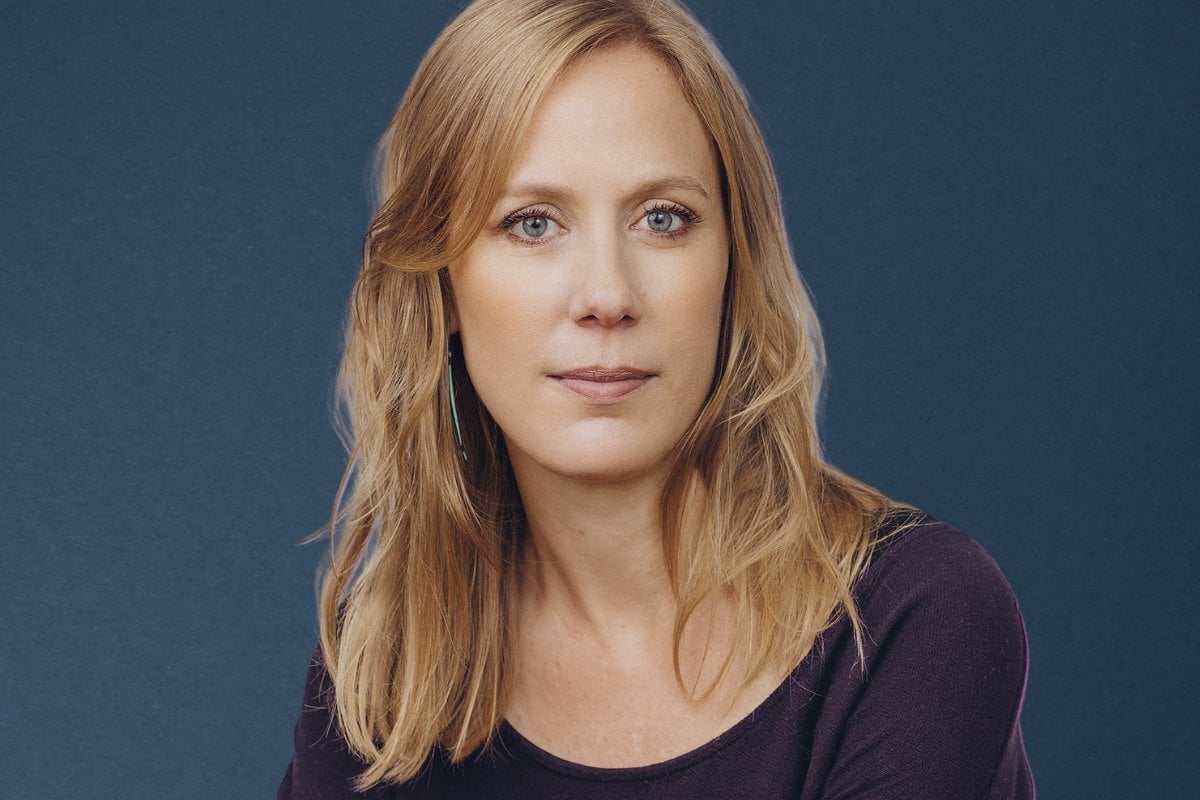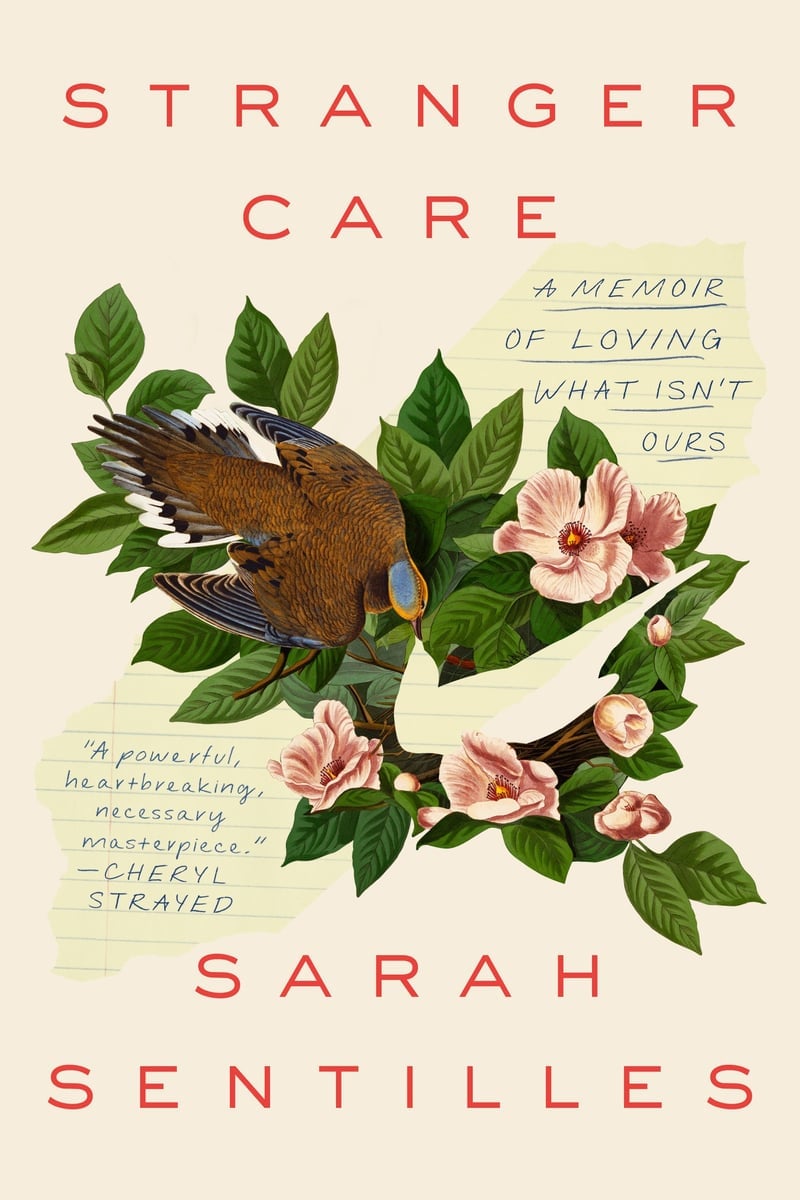
We sat in front of the screen, waiting for the host to start the meeting.
The host was a social worker. The meeting was with our former foster daughter, Coco, who now lived in someone else’s house, in a different state.
This would be the first time we’d seen her in more than a year.
Watch: The reality of Aussie kids in foster care. Post continues below.
How do you Zoom with a two-year-old who doesn’t remember you?
I’d ordered Playdoh and stacking blocks and flashcards, and I’d mailed one set to the social worker and one set to us so we’d have the same toys and could play with them at the same time on the screen.
I’d also printed and mailed photographs – more than a dozen pictures of Coco as a baby with Eric and me. We wanted her to see that we’d known each other, that she’d lived with us in our home.
But the toys and the photographs hadn’t arrived in time due to the storm raging across the country, so I researched other toddler-friendly, Zoom-friendly games and made a list.
The clapping game. Animal sounds. Simon Says. I cued a few songs on my computer.


